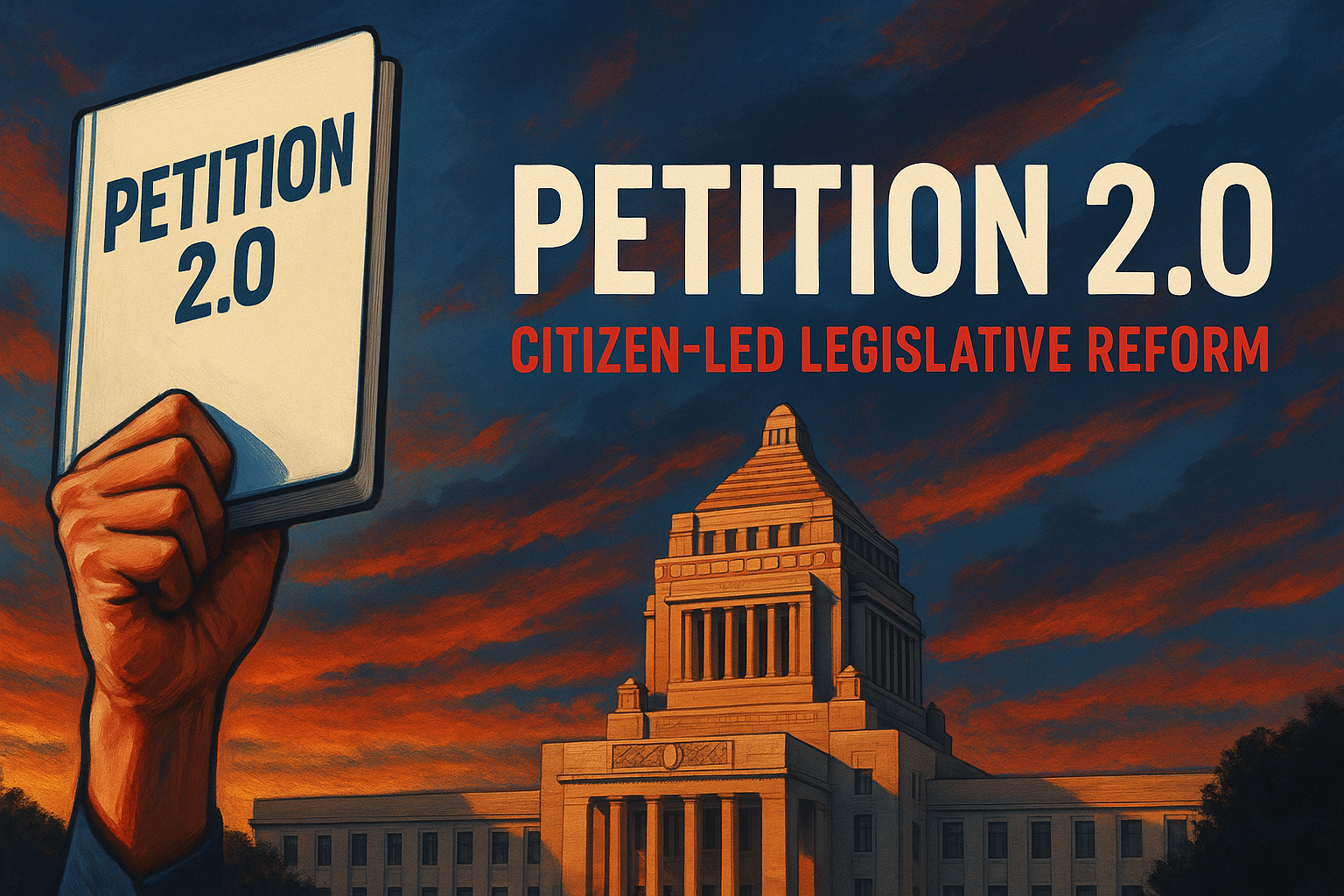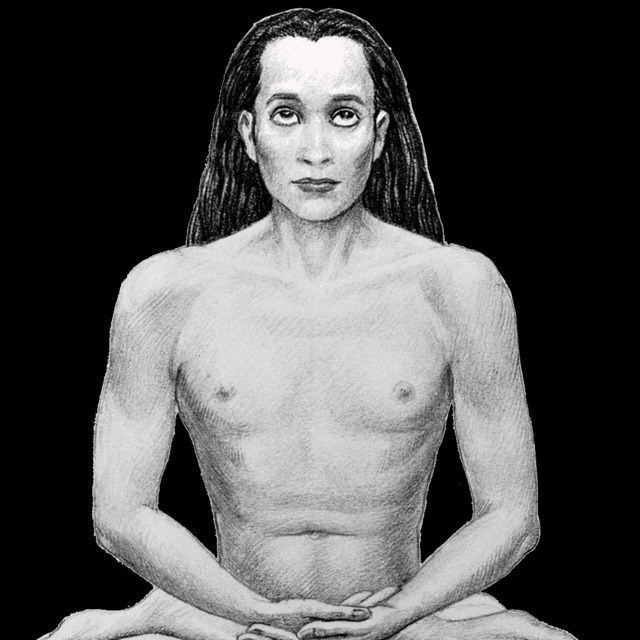Legislative Petition 2.0 — Policy Summary
In modern democratic governance, the institution of petitioning is long established, yet its practical effectiveness is severely limited under current practice. The “Legislative Petition 2.0” is a proposal to elevate the petition system into a genuine mechanism for legislative initiative by citizens. Below is the full outline of its rationale, design, and necessity.
1. Problems in the Conventional Petition System
Under the existing petition regime, a number of structural defects impede genuine civic speech from translating into policy impact:
- Even when petitions are accepted by the Diet, there is no binding duty of deliberation. Many submissions are effectively ignored or processed only formally.
- The published Diet bulletin only discloses the petition’s title, the name of the petitioner, and perhaps the referring member; the substantive content of the petition and its materials are not shared with Diet members or the public.
- If a Diet member wishes to examine the details, they must apply through committee procedures and receive printed copies—an extremely inefficient and opaque process.
- To consult the original petition documents, one typically must visit the National Diet Library and examine paper archives; there is no accessible public viewing system.
- The requirement for a sponsoring Diet member erects a barrier to direct citizen submission, reinforcing dependency on political intermediaries.
- Because petitions are treated as complaints or suggestions rather than structured proposals, they rarely carry institutional weight and are vulnerable to being ignored.
These features render the conventional petition system ill-suited for handling systematic proposals or legislative reform.
2. Achievements and Limitations of Petition 1.0
Despite institutional constraints, there has been precedent for advanced petitions. For instance, the “True Consumption Tax Reform Bill” was drafted by citizens with full policy design and legal structure, without relying on any sponsoring member, and remarkably achieved publication in the House of Representatives Bulletin:
- Public Bulletin Publication
Bulletin issue date: June 16, 2025
Issue: 217th Diet, No. 97
This was a highly unusual instance of a petition, submitted without recommended Diet members, being formally recorded in the Diet's official bulletin. - Although only the petition’s name and petitioner name were disclosed, this inclusion reflects that a content‑rich petition can penetrate existing institutional barriers.
However, the petition encountered significant constraints:
- The substantive content—policy proposals, draft law text, explanatory materials—remained inaccessible to both legislators and the public.
- No formal deliberation or drafting into a bill ensued.
- Subsequent requests to individual legislators to initiate drafting from the petition went unheeded, illustrating that even a structurally sound petition may be politically ignored.
These outcomes both showcase the potential of citizen legislative proposals and expose the insufficiencies of a system that treats them as mere petitions.
3. Nature and Design of Petition 2.0
Petition 2.0 is conceived to overcome these barriers by institutionalizing a petition form that carries genuine legislative force under defined conditions. Its key features are as follows.
Core Requirements
- A concise policy summary defining purpose, background, and objectives.
- A detailed policy proposal document explaining institutional reforms, design, implementation, and anticipated effects.
- A draft law text, formatted as legal statute, defining new or amended provisions.
- Explanatory materials—annotations, Q&A, impact assessments—that clarify each article’s intent.
- A certified record of total support contributions amounting to at least ¥10,000,000, based on fixed individual contributions of ¥500 per supporter. The number of supporters shall be calculated by dividing the total amount by ¥500. Disclosure of personal information (name and contact) is not required.
- In addition, at least 80,000 supporters via SNS or other publicly observable platforms (e.g. “likes”, shares), whose support metrics are archived and verifiable.
- All documents and data must be publicly disclosed online in an accessible manner.
- The petition letter must explicitly state that all above requirements are fulfilled.
Only petitions satisfying all such criteria are to be treated as “Petition 2.0” under the law.
Institutional Obligations
- Upon receipt of a Petition 2.0, the Diet must commence deliberation and drafting of the petition into an official bill.
- If the Diet declines to draft it, it must either propose an alternate bill or publicly explain the refusal.
- The drafting and deliberation process must be transparent and documented.
- Petitions submitted prior to enactment may be retrospectively recognized if they satisfy all criteria.
4. Purpose of This Bill
This bill aims to codify Petition 2.0’s institutional framework into Diet law (e.g. amendments to the Diet Act and internal rules), thereby guaranteeing that citizens’ comprehensive proposals receive substantive treatment rather than remaining symbolic. It also seeks to prevent citizen proposals from being ignored merely by procedural default.
By embedding these safeguards, the bill transforms petitioning from marginal supplication into structural participation in governance. It lays the foundation for a new mode of democratic legitimacy—citizen‑initiated legislation, rooted in transparency, public support, and procedural obligation.

